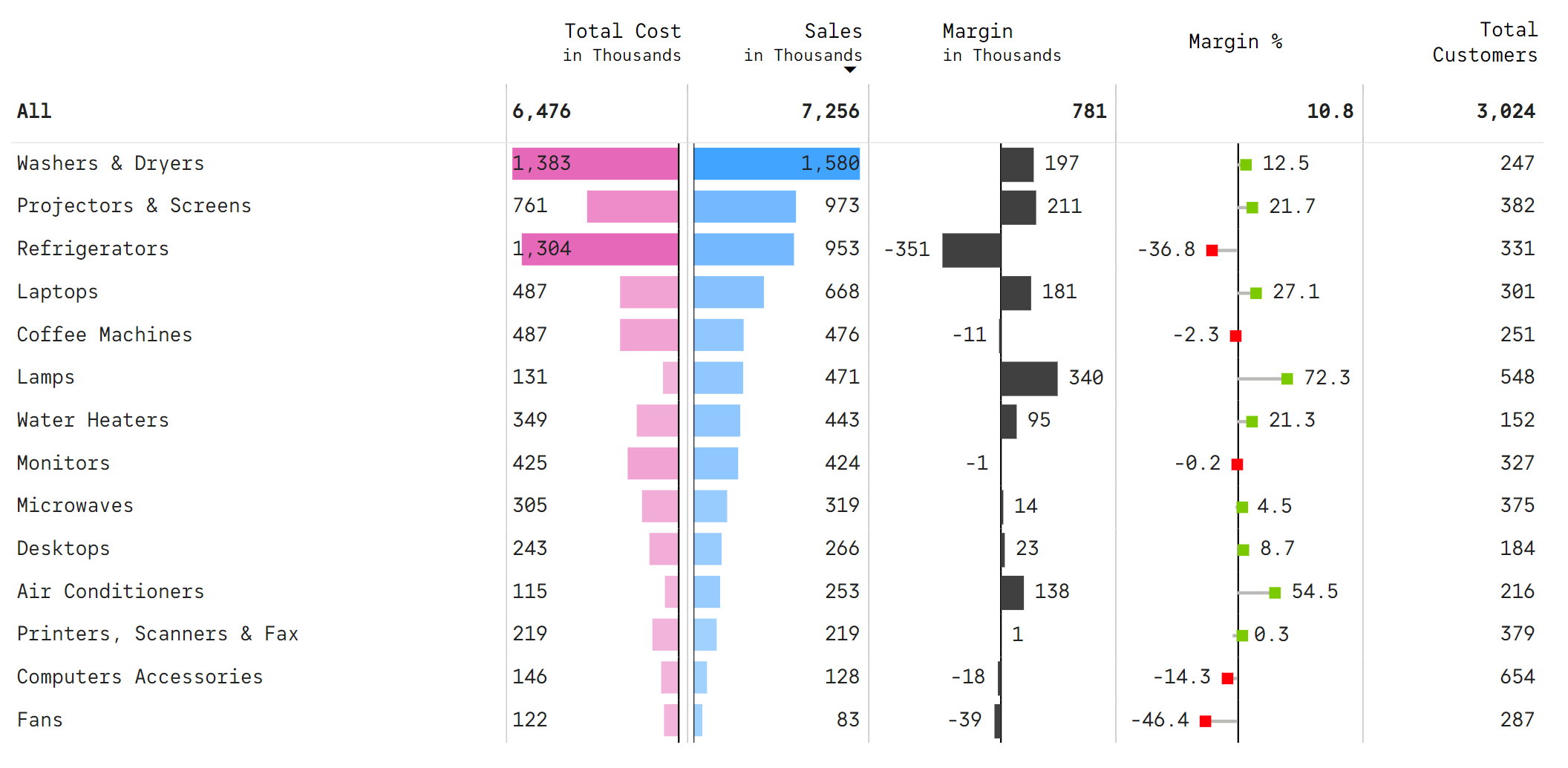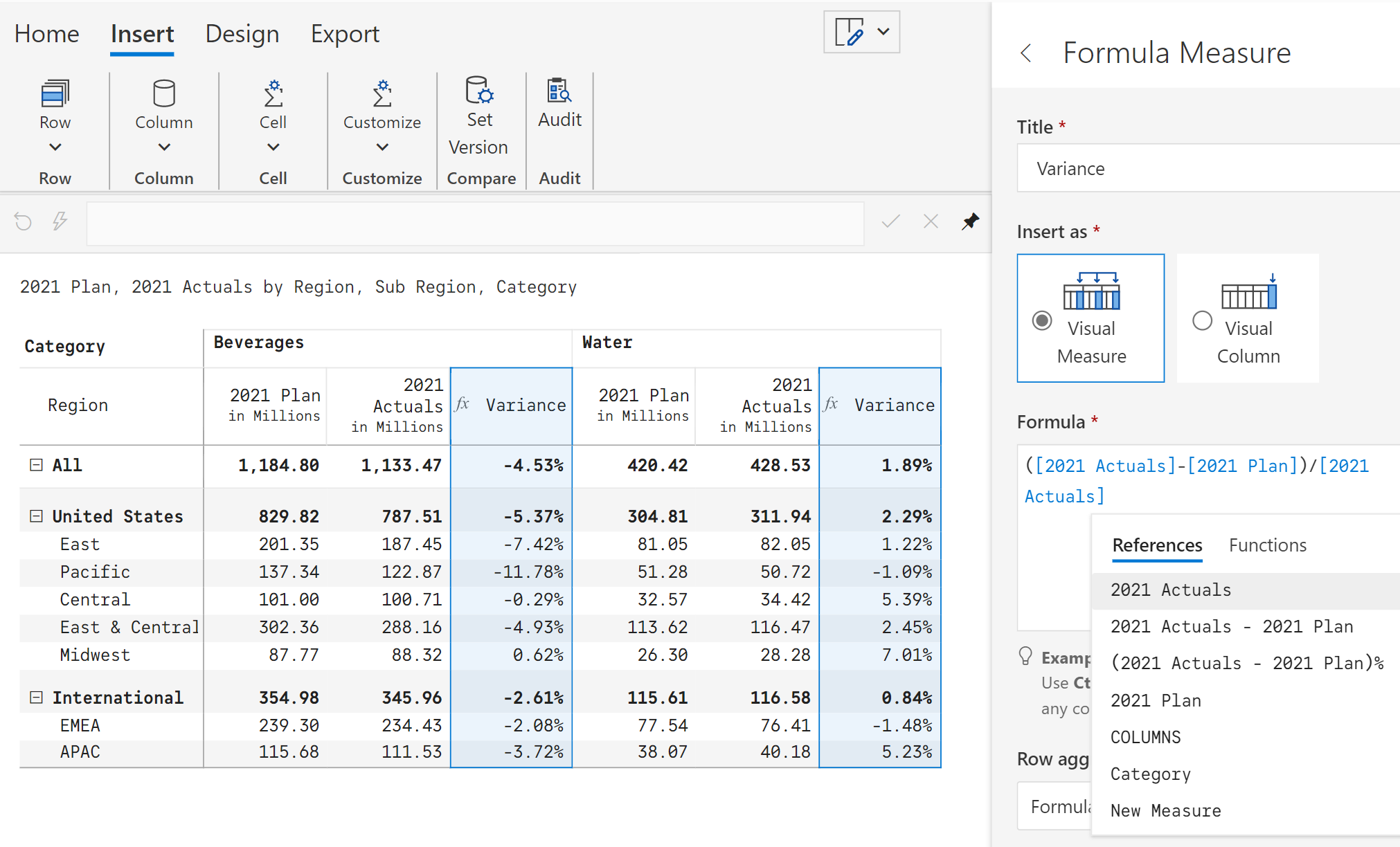Upcoming webinar on 'Inforiver Charts : The fastest way to deliver stories in Power BI', Aug 29th , Monday, 10.30 AM CST. Register Now
Upcoming webinar on 'Inforiver Charts : The fastest way to deliver stories in Power BI', Aug 29th , Monday, 10.30 AM CST. Register Now
Migrating reports from Tableau to Power BI can get highly complicated depending on your report volume.
To ensure that your migration initiative goes successful, you need to consider the following factors before you commence the initiative:


Any tool or software migration brings a lot of anxiety to stakeholders, but it need not be the case if you are well prepared and flexible.
Looking to migrate your Tableau reports to Power BI? Reach out to us to learn how Inforiver can accelerate your migration efforts and mitigate transition risks.
Inforiver helps enterprises consolidate planning, reporting & analytics on a single platform (Power BI). The no-code, self-service award-winning platform has been recognized as the industry’s best and is adopted by many Fortune 100 firms.
Inforiver is a product of Lumel, the #1 Power BI AppSource Partner. The firm serves over 3,000 customers worldwide through its portfolio of products offered under the brands Inforiver, EDITable, ValQ, and xViz.